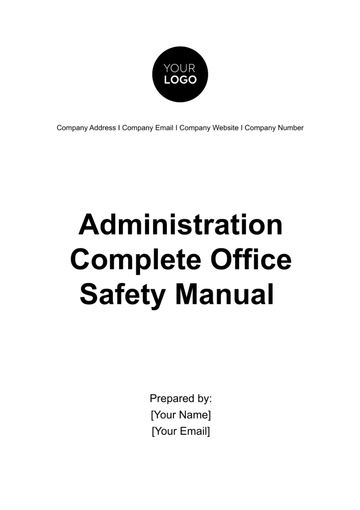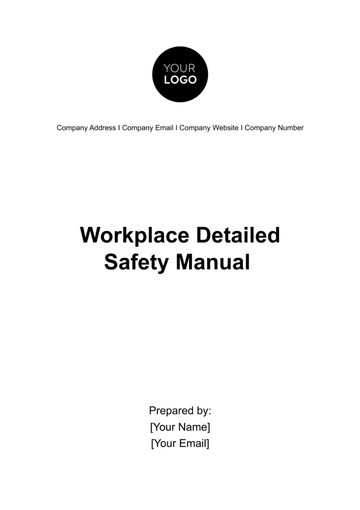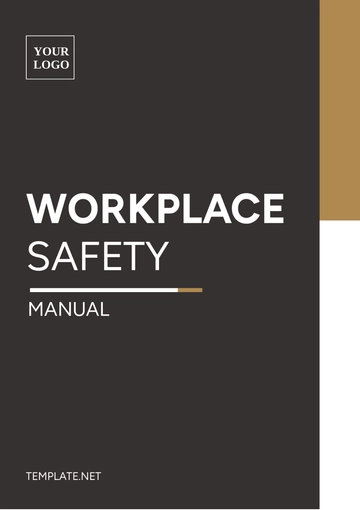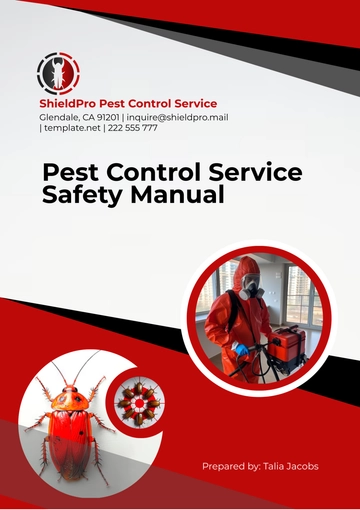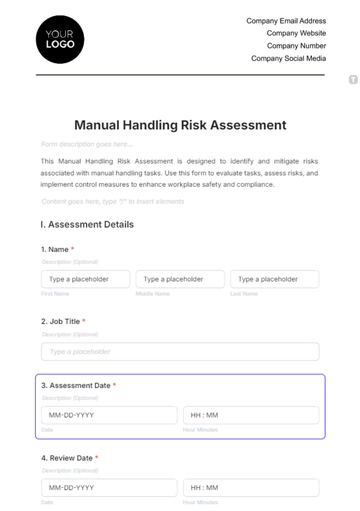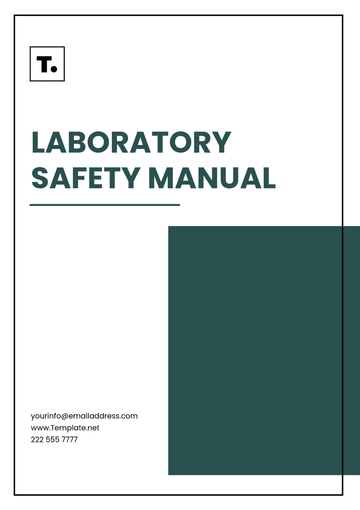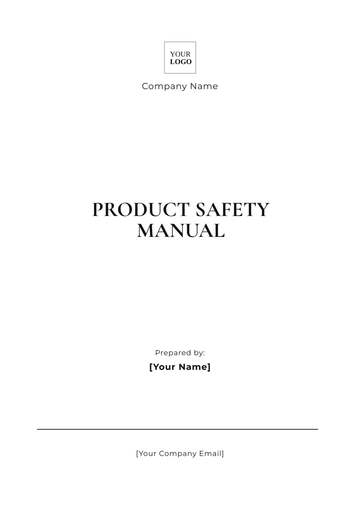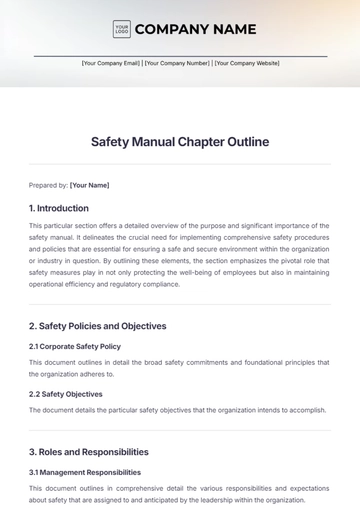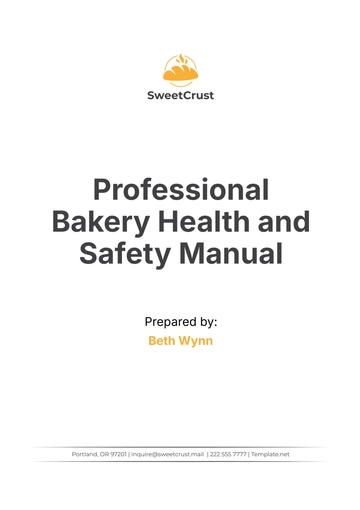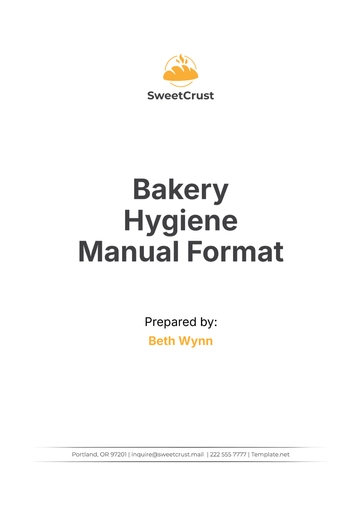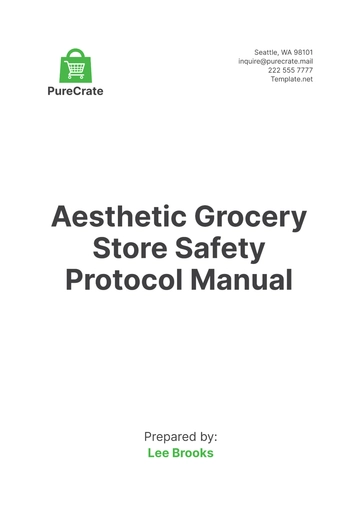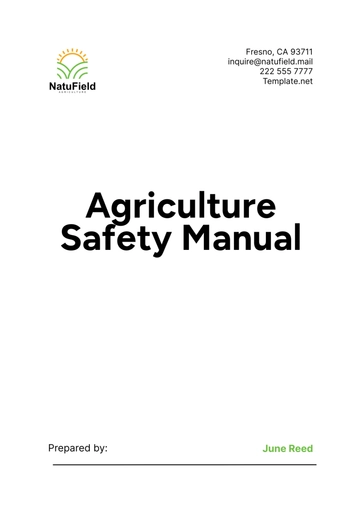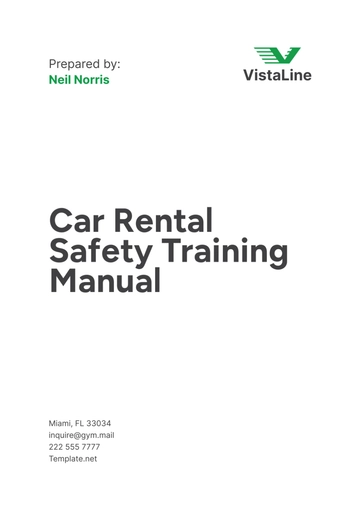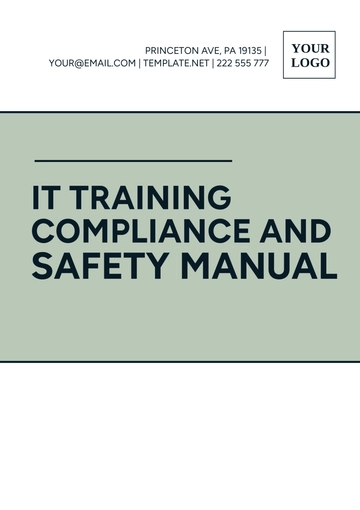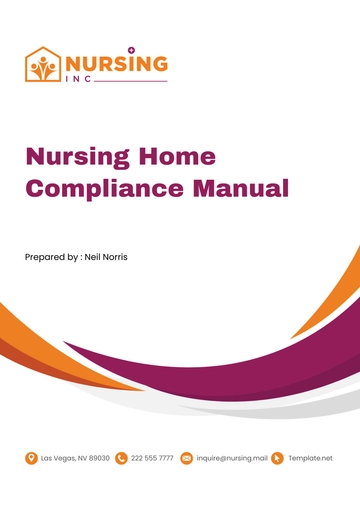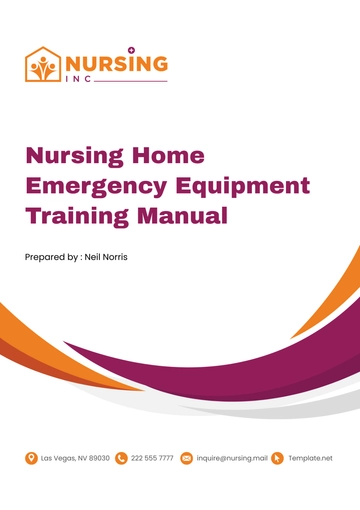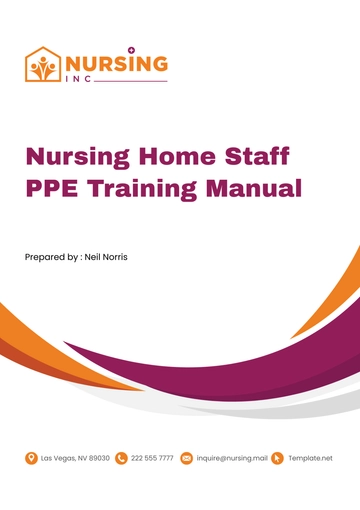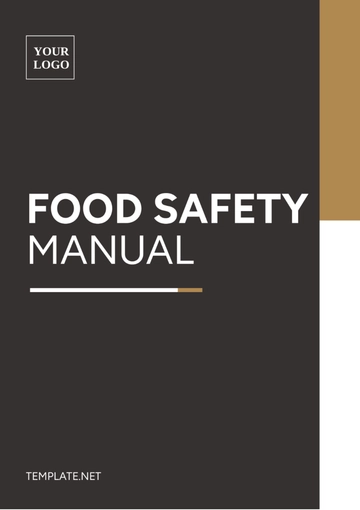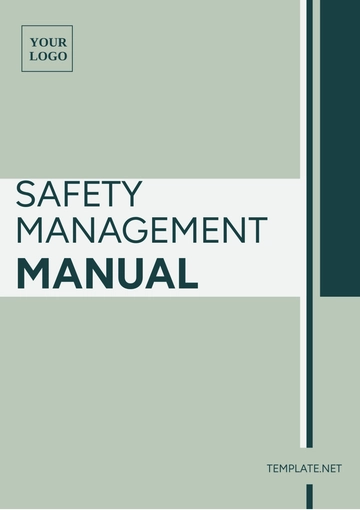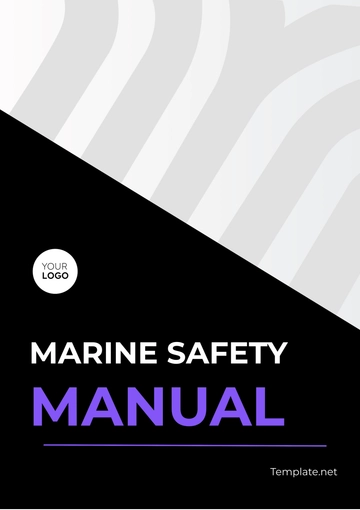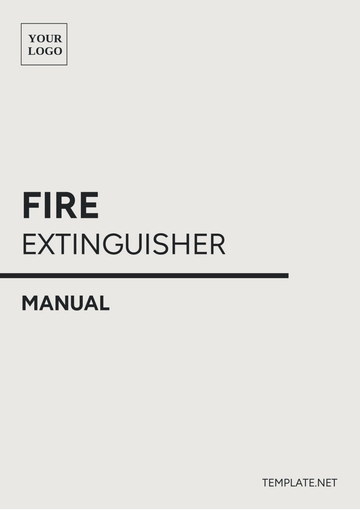Free Marine Safety Manual
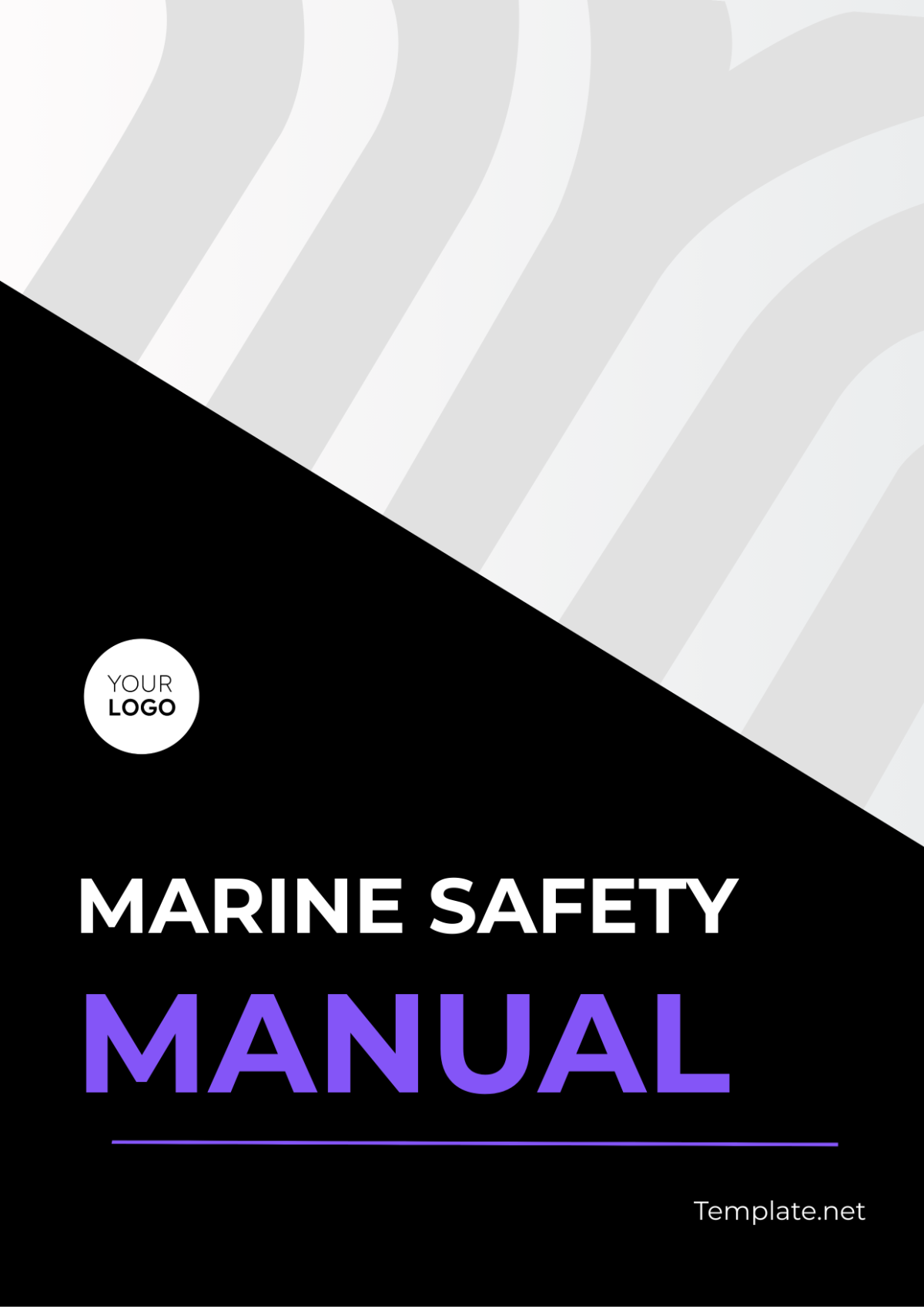
NAME: | COMPANY: | DEPARTMENT: | DATE: |
|---|---|---|---|
[YOUR NAME] | [YOUR COMPANY NAME] | [YOUR DEPARTMENT] | [DATE] |
I. INTRODUCTION
Welcome to the MARINE SAFETY MANUAL for [YOUR COMPANY NAME]. This manual is designed to provide comprehensive guidelines and procedures to ensure the safety and well-being of personnel and assets in marine operations. Whether you are a crew member, captain, or involved in any maritime activities, adhering to the protocols outlined in this manual is crucial for preventing accidents and minimizing risks at sea.
In this section, you will find an overview of the importance of marine safety, the scope of this manual, and key principles that guide our commitment to safety excellence. Understanding and implementing the guidelines laid out in this manual will help us maintain a safe and secure environment for all marine operations.
II. IMPORTANCE OF MARINE SAFETY
A. Preventing Accidents and Incidents
The primary objective of marine safety is to prevent accidents and incidents that may result in injury, loss of life, or damage to property and the environment. By implementing proactive measures and adhering to established safety protocols, we can significantly reduce the likelihood of maritime accidents and mitigate their potential consequences.
B. Regulatory Compliance
Adhering to marine safety regulations and industry standards is not only a legal requirement but also a moral obligation. Compliance with regulations ensures that our operations are conducted in a responsible and ethical manner, safeguarding the interests of our personnel, stakeholders, and the marine environment.
III. SAFETY MANAGEMENT SYSTEM (SMS)
A. Overview
Purpose: The Safety Management System (SMS) is a comprehensive framework designed to identify, assess, and mitigate risks associated with marine operations. It provides a systematic approach to managing safety, integrating safety policies, procedures, and practices into everyday operations.
Key Components: The SMS consists of several key components, including risk assessment, safety policies and procedures, incident reporting and investigation, training and competency, and continuous improvement.
B. Implementation
Risk Assessment: Conduct regular risk assessments to identify hazards and evaluate associated risks. Implement measures to control and mitigate identified risks to an acceptable level.
Safety Policies and Procedures: Develop and communicate clear safety policies and procedures that outline expectations, responsibilities, and actions to be taken in various scenarios.
Incident Reporting and Investigation: Establish procedures for reporting and investigating incidents, near misses, and hazardous occurrences. Analyze root causes and implement corrective actions to prevent recurrence.
Training and Competency: Provide training and development opportunities to ensure personnel are competent and knowledgeable in safety procedures and practices relevant to their roles.
Continuous Improvement: Regularly review and update the SMS to incorporate lessons learned, industry best practices, and changes in regulations to enhance safety performance continually.
IV. EMERGENCY RESPONSE PROCEDURES
A. Emergency Preparedness
Emergency Plans: Develop comprehensive emergency response plans for various scenarios, including fire, collision, grounding, man overboard, and environmental emergencies.
Drills and Exercises: Conduct regular drills and exercises to test emergency response procedures and familiarize personnel with their roles and responsibilities during emergencies.
B. Emergency Communication
Communication Protocols: Establish clear communication protocols for coordinating emergency response efforts, including procedures for reporting emergencies, activating alarms, and communicating with external agencies.
Emergency Contact Information: Maintain up-to-date contact information for key personnel, emergency responders, and relevant authorities to facilitate swift communication during emergencies.
V. SAFETY EQUIPMENT AND MAINTENANCE
A. Personal Protective Equipment (PPE)
Selection and Use: Provide appropriate PPE for personnel based on job tasks and potential hazards. Ensure proper selection, fit, and use of PPE through training and supervision.
Maintenance and Inspection: Regularly inspect and maintain PPE to ensure it remains in good working condition. Replace damaged or worn-out PPE promptly to maintain effectiveness.
B. Safety Equipment on Vessels
Safety Devices: Equip vessels with necessary safety devices, including life jackets, life rafts, fire extinguishers, and navigational aids, in compliance with regulatory requirements.
Inspection and Maintenance: Conduct regular inspections and maintenance of safety equipment on vessels to ensure functionality and readiness for use in emergencies.
VI. MARINE OPERATIONS PROCEDURES
A. Navigation and Seamanship
Charting and Route Planning: Prioritize thorough charting and route planning to ensure safe navigation, taking into account navigational hazards, weather conditions, and traffic patterns.
Collision Avoidance: Implement collision avoidance measures, including maintaining a proper lookout, using radar and other navigational aids, and adhering to International Regulations for Preventing Collisions at Sea (COLREGs).
B. Mooring and Anchoring
Mooring Procedures: Follow established mooring procedures to safely secure vessels to docks or buoys, considering factors such as tide, wind, and currents.
Anchoring Techniques: Employ proper anchoring techniques, including selecting suitable anchorage grounds, deploying anchor chains, and monitoring anchor holding.
VII. ENVIRONMENTAL PROTECTION
A. Pollution Prevention
Oil Spill Response: Develop and implement oil spill response plans to mitigate the environmental impact of oil spills and ensure prompt and effective cleanup efforts.
Waste Management: Establish procedures for proper waste segregation, storage, and disposal to minimize pollution and comply with environmental regulations.
B. Wildlife Conservation
Marine Life Protection: Take measures to protect marine life and habitats, including avoiding sensitive areas, reducing underwater noise pollution, and implementing measures to prevent marine debris and plastics.
Species Conservation: Support initiatives for the conservation of endangered marine species and their habitats, such as whale protection zones and turtle nesting beaches.
VIII. TRAINING AND DEVELOPMENT
A. Safety Training
Basic Safety Training: Provide comprehensive safety training for all personnel, covering topics such as personal safety, emergency response, fire prevention, and evacuation procedures.
Specialized Training: Offer specialized training programs for personnel involved in specific tasks or operations, such as crane operations, cargo handling, or confined space entry.
B. Professional Development
Career Development Opportunities: Support career development and advancement opportunities for personnel through training, mentoring, and educational assistance programs.
Continuous Learning: Encourage a culture of continuous learning and professional growth, where employees are encouraged to expand their knowledge and skills relevant to their roles and career aspirations.
IX. INCIDENT REPORTING AND INVESTIGATION
A. Reporting Procedures
Immediate Reporting: Establish procedures for personnel to report incidents, accidents, near misses, and hazardous occurrences promptly to the appropriate authorities.
Documentation: Ensure thorough documentation of incident reports, including details of the event, individuals involved, and any actions taken or recommendations for improvement.
B. Investigation Process
Root Cause Analysis: Conduct thorough investigations into incidents to determine root causes and contributing factors, utilizing techniques such as the Fishbone Diagram or the 5 Whys.
Corrective Actions: Implement corrective actions based on the findings of incident investigations to prevent recurrence and improve safety performance.
X. SAFETY CULTURE AND PROMOTION
A. Leadership Commitment
Safety Leadership: Foster a culture of safety leadership at all levels of the organization, where leaders demonstrate a strong commitment to safety through their words and actions.
Safety Accountability: Hold individuals accountable for adhering to safety protocols and behaviors, recognizing and rewarding positive safety performance, and addressing non-compliance appropriately.
B. Employee Engagement
Safety Committees: Establish safety committees or forums to engage employees in safety discussions, solicit feedback, and involve them in safety improvement initiatives.
Safety Awareness Campaigns: Conduct safety awareness campaigns and initiatives to promote safety mindfulness, raise awareness of hazards, and encourage safe behaviors among employees.
XI. CONTINUOUS IMPROVEMENT
A. Safety Performance Monitoring
Key Performance Indicators (KPIs): Define and monitor key performance indicators related to safety, such as incident rates, near-miss reporting, and safety training completion rates, to track safety performance and identify areas for improvement.
Safety Audits and Inspections: Conduct regular safety audits and inspections to assess compliance with safety standards and identify opportunities for improvement in safety management systems and practices.
B. Lessons Learned
Incident Reviews: Conduct comprehensive reviews of incidents, near misses, and hazardous occurrences to extract lessons learned and identify opportunities for preventive action and organizational learning.
Best Practices Sharing: Facilitate the sharing of best practices and success stories related to safety across the organization to disseminate knowledge and encourage continuous improvement.
XII. CONCLUSION
Congratulations on completing the MARINE SAFETY MANUAL for [YOUR COMPANY NAME]! This comprehensive manual serves as a vital resource for ensuring the safety and well-being of personnel and assets involved in marine operations. By adhering to the protocols and procedures outlined in this manual, we can effectively mitigate risks, prevent accidents, and promote a culture of safety excellence.
- 100% Customizable, free editor
- Access 1 Million+ Templates, photo’s & graphics
- Download or share as a template
- Click and replace photos, graphics, text, backgrounds
- Resize, crop, AI write & more
- Access advanced editor
Discover the ultimate AI Marine Safety Manual Template on Template.net. Access editable and customizable documents tailored to streamline maritime safety procedures. Our AI Editor Tool empowers easy customization, ensuring precision and compliance. Explore a range of templates designed to enhance safety protocols seamlessly. Elevate your maritime safety standards with our comprehensive resources.

